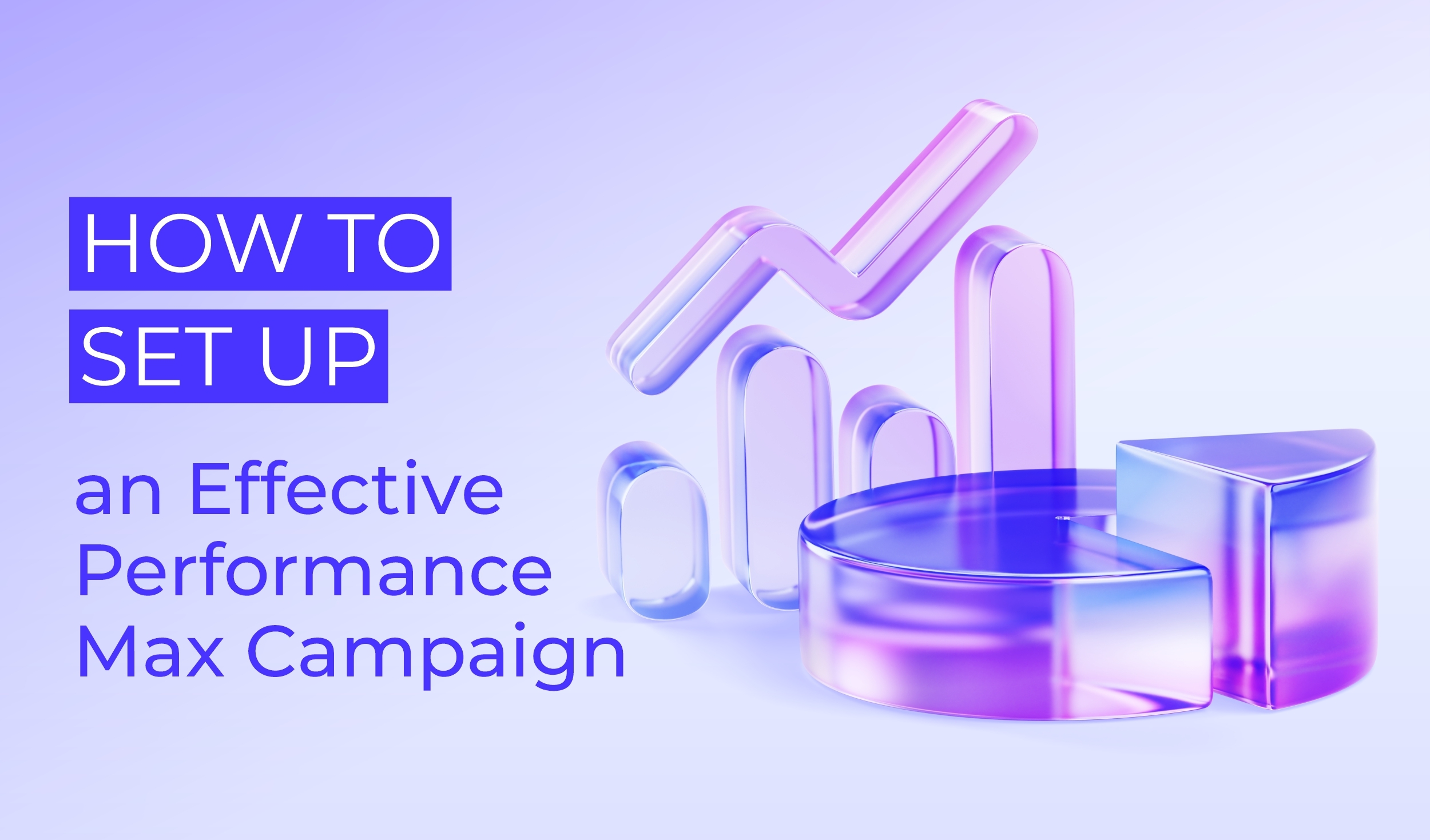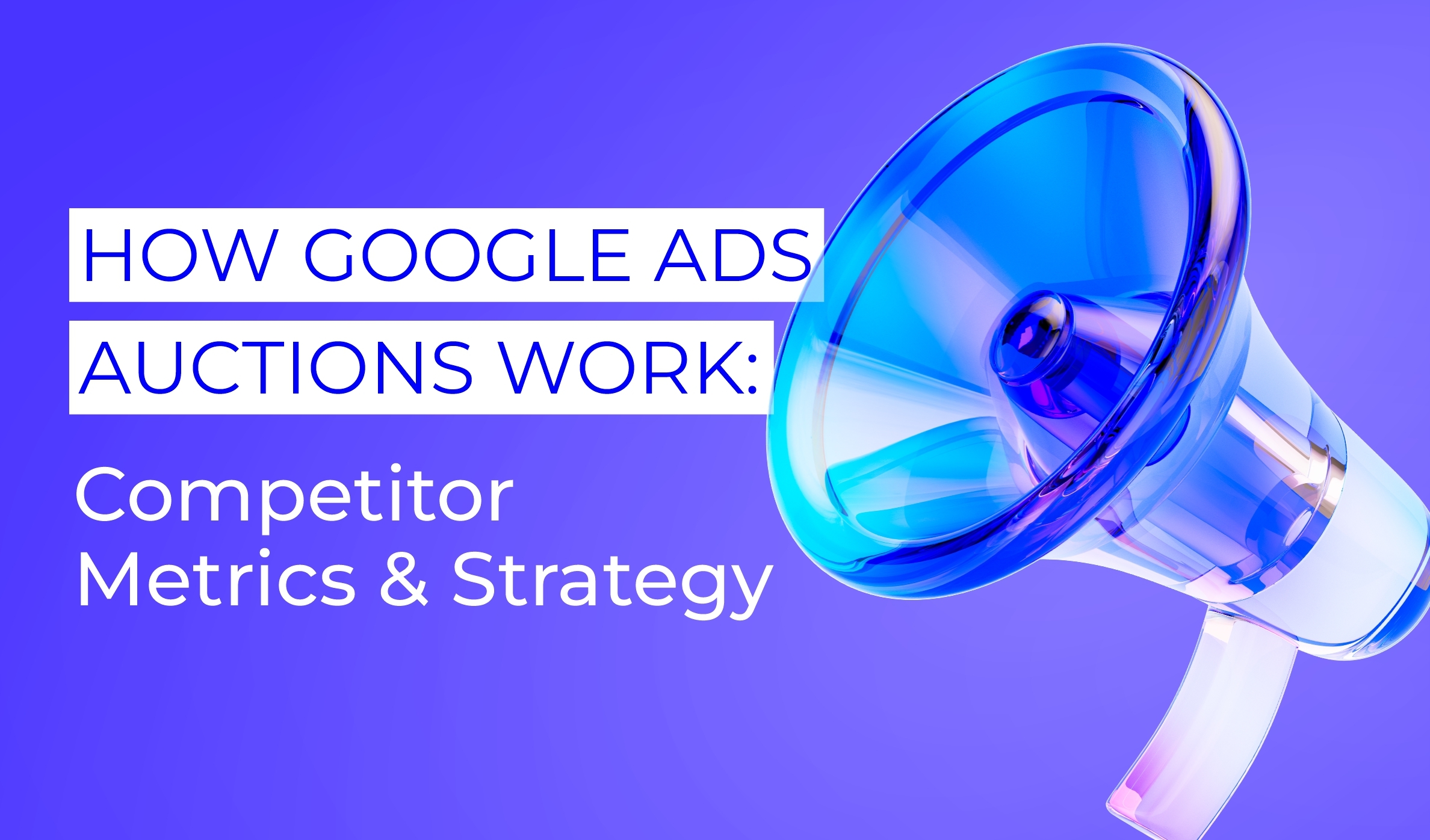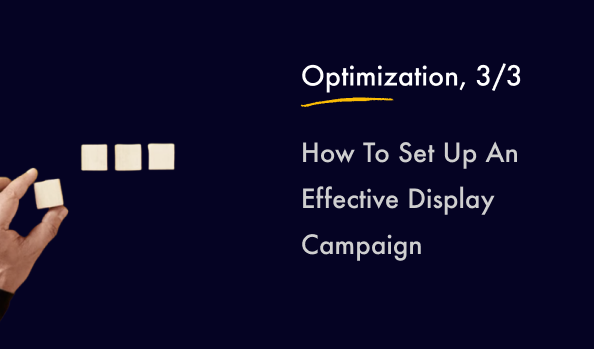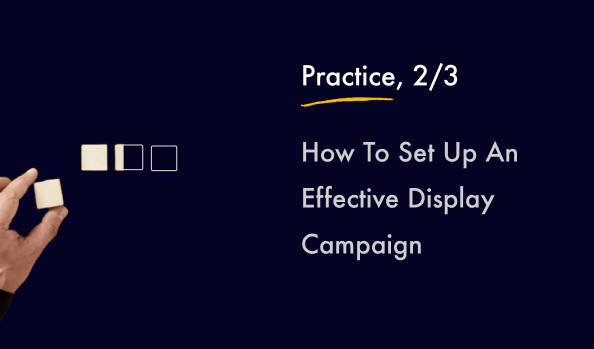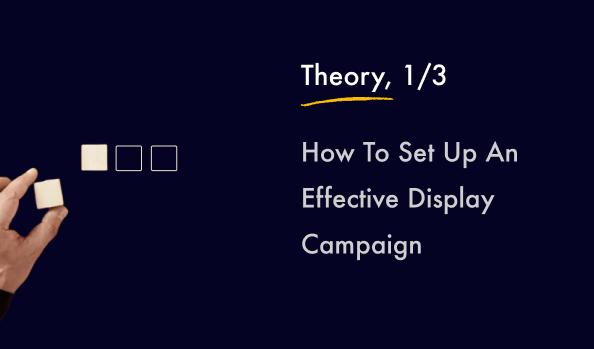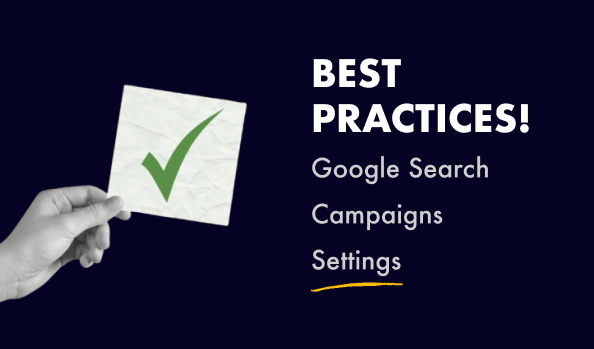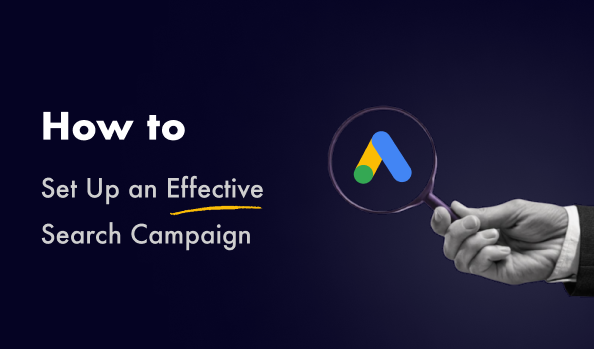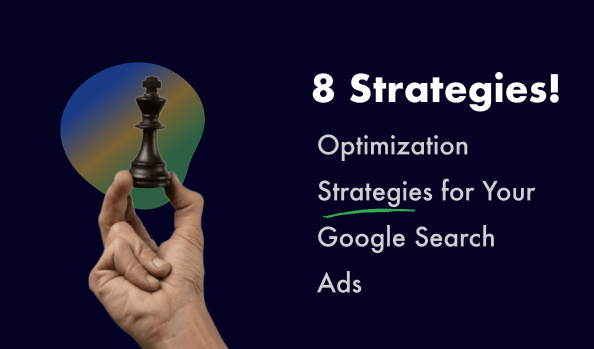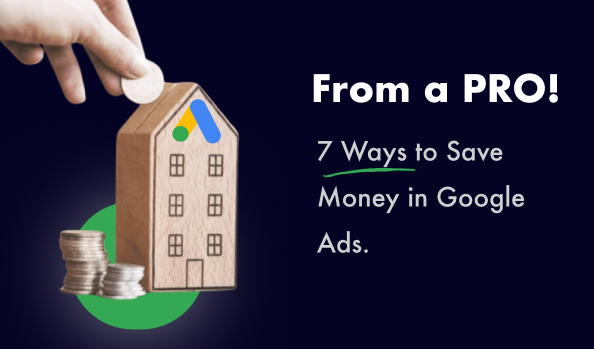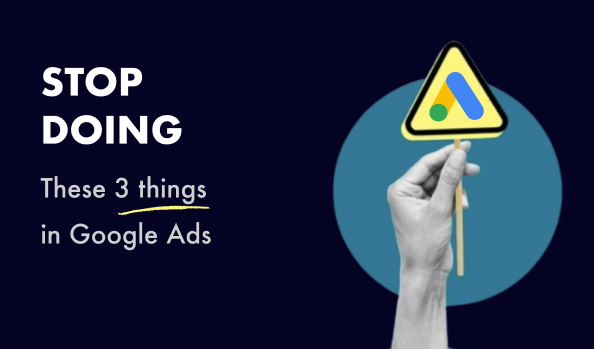Google’s Performance Max campaigns are a powerful way to maximize conversions across all Google advertising channels, including Search, Display, YouTube, Gmail, and Discovery. Unlike traditional campaign types, Performance Max uses automation and machine learning to optimize ad performance in real-time. To get the most out of your Performance Max campaign, follow these steps:
Define Your Goals
Before launching your campaign, establish clear objectives. Common goals include:
- Driving sales for an eCommerce store
- Generating high-quality leads
- Increasing in-store visits
- Boosting brand awareness
Set Up Conversion Tracking
Google’s AI relies on accurate conversion data to optimize performance. Ensure that your conversion tracking is properly set up in Google Ads. Use Google Tag Manager or Google Analytics to track key actions, such as:
- Purchases
- Form submissions
- Phone calls
- App installs
Link Relevant Google Accounts
For better campaign performance, integrate your Google Ads account with:
- Google Merchant Center (for eCommerce businesses)
- Google Analytics (to gain insights into user behavior)
- Google My Business (for local businesses)
Select a Bidding Strategy
Performance Max campaigns use automated bidding strategies to optimize for your goals. Choose one that aligns with your objectives:
- Maximize Conversions (if your goal is more leads or sales)
- Maximize Conversion Value (for revenue-driven businesses)
- Target CPA (if you have a defined cost-per-acquisition)
- Target ROAS (if you want to achieve a specific return on ad spend)
You can find bidding strategies here:
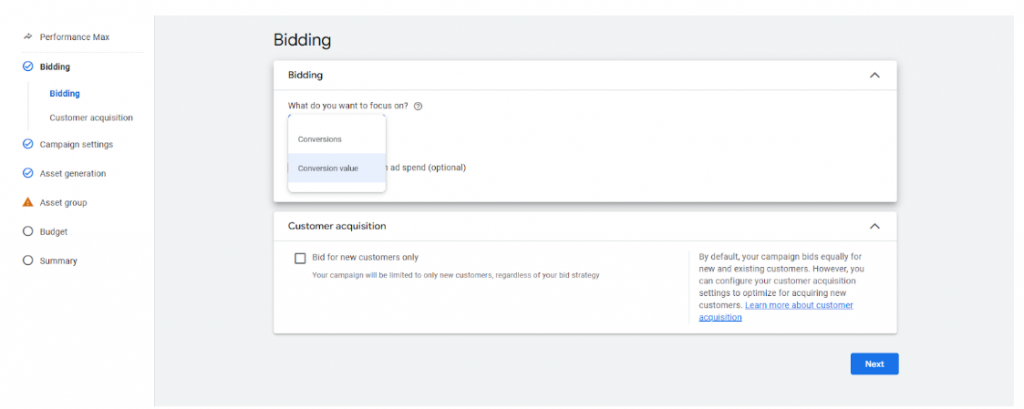
Allocate Budget and Select Targeting Options
Decide on your daily budget and select geographic targeting. Google’s AI will distribute the budget across different channels for maximum impact.
Create High-Quality Asset Groups
Asset groups are crucial in Performance Max campaigns. Google will automatically mix and match assets to create the best-performing ads across all placements. Your asset group should include:
- Up to 20 images
- Up to 5 logos
- Up to 5 videos
- Up to 5 headlines
- Up to 5 long headlines
- Up to 4 descriptions
- A business name and final URL
Provide Audience Signals
Although Performance Max finds customers using AI, you can guide the system with audience signals. Add:
- Custom segments (e.g., users who searched for related products/services)
- Customer lists (first-party data from CRM systems)
- Website visitors (users who engaged with your site before)
- Search themes (keywords that help Google understand the types of searches relevant to your business and products)
You can see all audience signals here:
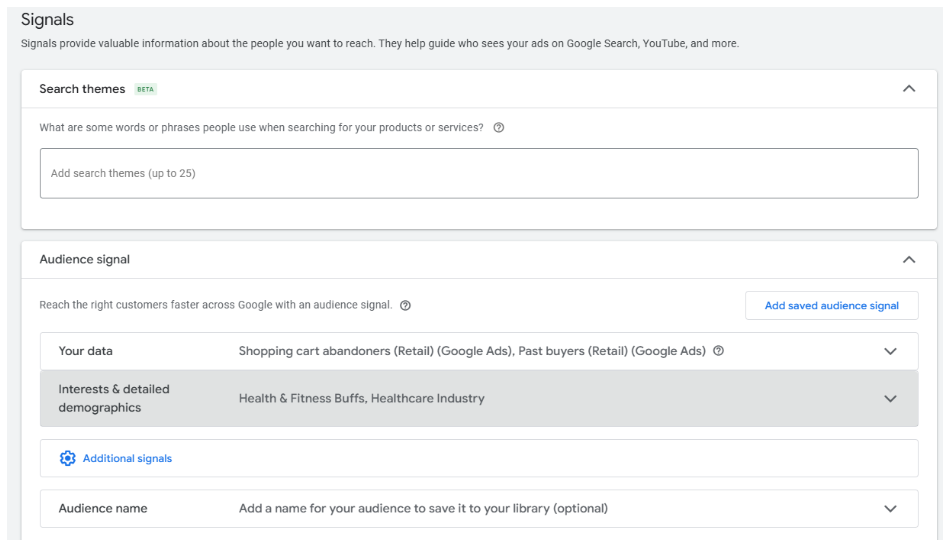
Launch and Monitor Your Campaign
Once your campaign is live, continuously monitor its performance. Key metrics to track include:
- Conversion rate
- ROAS (Return on Ad Spend)
- Click-through rate (CTR)
- Cost per acquisition (CPA)
Optimize for Better Results
Since Performance Max campaigns use machine learning, allow time for optimization. However, you can improve results by:
- Updating creative assets based on performance data
- Refining audience signals to reach the right customers
- Adjusting budgets and bidding strategies to maximize efficiency
- Excluding underperforming placements if necessary
- Do A/B testing with different asset groups, audience signals, ad copy, and product feeds to identify the best-performing combinations
Final Thoughts
Performance Max campaigns can drive incredible results when set up correctly. By defining clear goals, using high-quality assets, and leveraging audience signals, you can maximize the effectiveness of your campaign. Regular monitoring and optimization will ensure you get the best return on investment.
